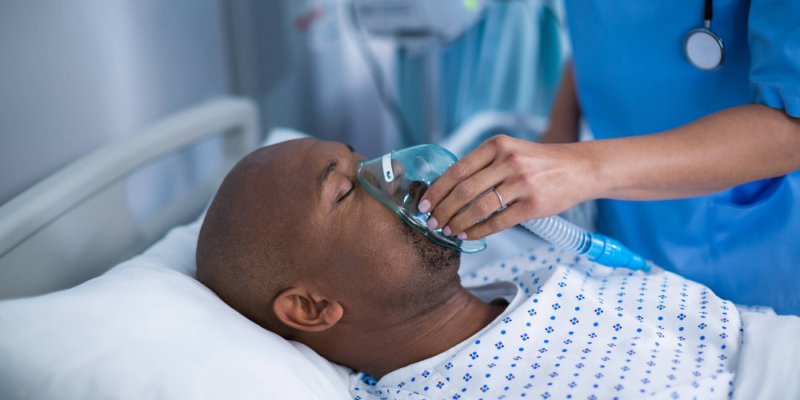Carbon monoxide poisoning takes place when fumes containing carbon monoxide are inhaled. You can become quite ill or even die if high levels of carbon monoxide are inhaled for even a few minutes. Poisoning can result in serious injury or even death.
Symptoms of this affliction include shortness of breath and nausea fatigue, headache, chest pain, dizziness, irregular heartbeats, blurry vision or confusion. However, this type of poisoning is preventable by using a detector for your home or workplace and ensuring it works. Fuel-burning appliances should also be checked regularly. Below are some methods of treatment:
Carbon Monoxide Poisoning Treatment
The main treatment is oxygen therapy. This is because when carbon monoxide is inhaled, it attaches to hemoglobin in your blood, which typically transports oxygen throughout the body. This ends up starving the body of oxygen.
First Aid Treatment
Carbon monoxide poisoning is a life-threatening emergency. If someone is showing indications of carbon monoxide poisoning, immediately go outside for fresh air and call the emergency number for assistance. Turn off the carbon monoxide source, if it can be safely and quickly done.
If the individual is not breathing or is unresponsive, immediately start administering CPR. Keep going until he or she breathes on their own, somebody else performs CPR, or the paramedics get there. If you are alone with the individual, perform CPR for 2 minutes and then make the emergency phone call.
Oxygen Therapy
If you are taken to the hospital, you will spend many hours in the emergency room inhaling straight oxygen. At a minimum, carbon monoxide poisoning takes 100 percent oxygen concentration for a number of hours to get carbon monoxide out of the bloodstream.
Traditional Therapy
The basic carbon monoxide poisoning treatment involves administering high-flow oxygen via a non-rebreather mask. Essentially, this is a mask that has a plastic bag attached to a high-concentration oxygen supply. A one-way valve prevents the exhaled air out of the bag.
The mask will be worn for as long as it takes to use oxygen to replace the carbon monoxide within the blood. This type of therapy enables the body to rid itself of carbon monoxide quicker than merely inhaling the air around.
For example, if 100 percent oxygen is administered, it would take 74 minutes to eliminate the half-life of carbon monoxide. Half-life is basically a measurement of the time taken to eliminate 50 percent of a substance from the body. Totally eliminating carbon monoxide would take roughly six hours.
Without using oxygen, the half-life of carbon monoxide would take 320 minutes, over five hours to lower the levels by 50 percent. Thus, it would take roughly a day to completely remove the carbon monoxide.
Hyperbaric Oxygen Therapy
Administering oxygen under pressure via a hyperbaric chamber is another. This involves lying in the chamber and breathing 100 percent oxygen at a pressure that is roughly two times higher than regular atmospheric pressure. In the hyperbaric chamber, the therapy can decrease the elimination of carbon monoxide half-life to roughly 20 minutes.













Comments